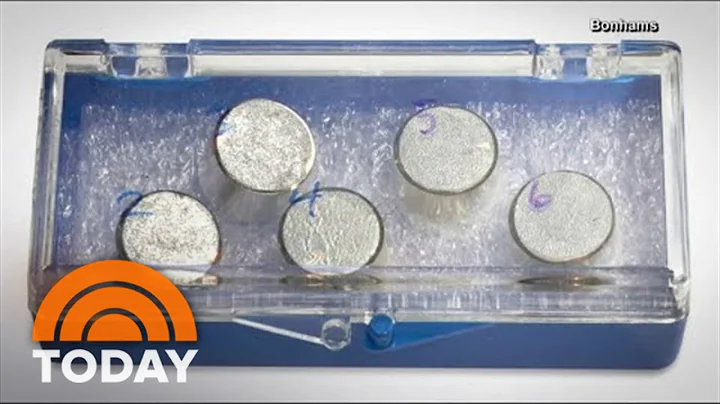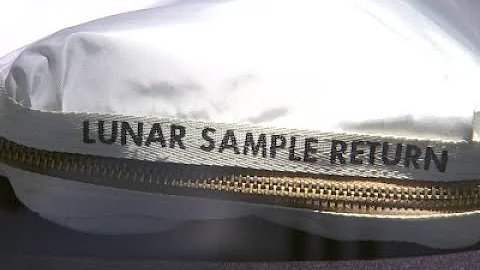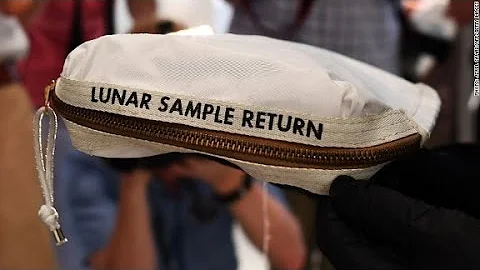A variety of items are up for auction dating from the 1969 Apollo 11 mission.

A sample of moon dust extracted from a cockroach's stomach, as well as the remains of a cockroach in the experiment. (Image credit: Courtesy RR Auctions)
NASA has requested the safe return of lunar dust and cockroach samples that were scheduled to be sold at a private auction ending on June 23.
Earlier this month, the space agency contacted Boston-based auction house RR Auction to stop the sale of lunar dust collected by astronauts during the 1969 Apollo 11 mission. Shortly after lunar dust was brought back to Earth in 1969, NASA sent some samples to a researcher at the University of Minnesota (UM), who tried feeding lunar dust to cockroaches, " to determine whether the moon rocks contain any type of pathogen that poses a threat to life on land,” The Washington Post reports .
In a June 15 letter, a NASA attorney said the samples — including about 0.0014 ounces (40 mg) of lunar dust, the remains of three cockroaches and dozens of Microscope slide - still belongs to the federal government. The motley collection of items is being billed as a "one-of-a-kind Apollo treasure" by auction house and is expected to fetch an impressive $400,000 at auction.
The letter states, "All Apollo samples, as specified in this project collection, belong to NASA, and no person, university, or other entity is permitted to retain them after analysis, destruction, or use for any purpose." Samples, especially if sold or displayed individually." NASA further requested that RR Auction immediately stop accepting bids for the auction item and "no longer facilitate the sale of any and all items containing the Apollo 11 lunar soil experiments."
The vial of lunar dust included in the auction is just a small part of what astronauts Neil Armstrong and Buzz Aldrin collected during their moon landings: approximately 47 pounds (21.3 kilograms) of moon rock. About 4.5 pounds (2 kilograms) of it were given to UM scientists at the university's Lunar Reception Laboratory, where researchers analyzed the effects of dust exposure on insects, aquatic life and microorganisms, according to the auction listing.
According to a 1970 article in the journal Science Minnesota , "Some animals were inoculated with dust, some received parts mixed with food or water, and some animals walked or walked in dust spread on the bottom of containers. Crawl."

Clipping dated 10/6/69 outlining the work of University of Minnesota entomologist Marion Brooks, who studied lunar dust by feeding it to cockroaches
Dust sample offered at auction Originally by Marion Brooks (Marion Brooks), a UM entomologist who tested dust by feeding it to cockroaches. According to an article published in the Minneapolis Tribune (now the Star Tribune) on October 6, 1969 and reprinted in an online auction listing, Brooks fed the cockroaches "half The diet [contained] regular food and equal amounts of charcoal-gray lunar soil.”
The Minnesota Science article reported that none of the animals in the experiment “suffered any harm from the lunar dust.”
However, Brooks did not return the samples to NASA after her research, but instead displayed them in her home, where her daughter sold them a few years after her mother's death in 2007. RR Auction is conducting the current sale on behalf of an anonymous consignor, The Washington Post reports.
Mark Zaid, an attorney for the auction house, told The Washington Post that RR Auction is working with NASA on the agency's request.





















